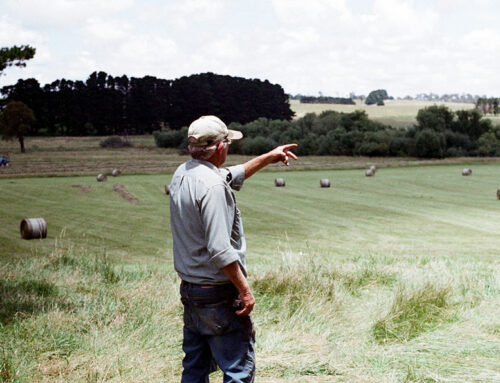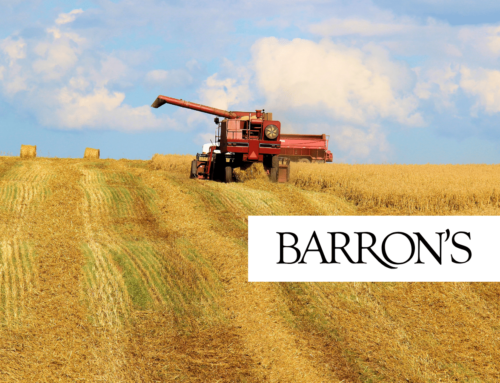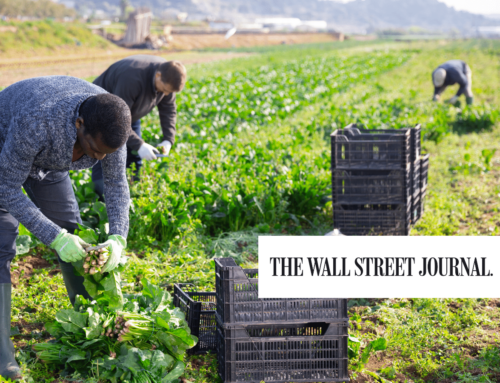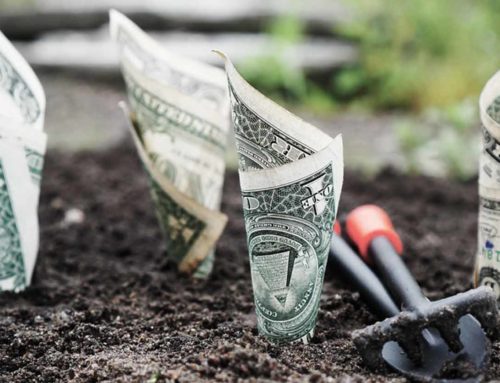The president is receiving a lot of praise for signing a “Phase One” trade deal with China. While it may represent a de-escalation in one front of the president’s global trade war, it’s certainly not an end. And no matter what happens in the next few months, for American farmers and the taxpayers footing the bill for their safety net, the damage will only grow.
In exchange for the United States lifting tariffs scheduled for 12/15/19 and cutting in half the tariffs imposed on 9/1/19, China promised to respect intellectual property, allow U.S. financial services companies to expand, and to stop devaluing their currency. Also, China promised to commit to buying between $40-$50 billion in U.S. agricultural goods for two years. If China keeps these promises? Great. But first talk to protesters in Hong Kong to see how well the Chinese have kept their promises.
Lost in the din, the United States has still imposed tariffs of 25 percent on $360 billion of goods American companies import from China. And China will still impose tariffs on $110 billion worth of U.S. goods. Real costs have accrued due to these tariffs. The amount of customs duties American companies pay on imports doubled from $35 billion in 2017 to more than $70 billion in 2019. The overall ag trade balance, which historically has a substantial surplus, also took an $11 billion hit due to lost sales because of the trade war, with various farm sectors hurting and businesses going bankrupt.
Taxpayers took a further hit when the Trump Administration authorized a whopping $28 billion in unbudgeted ag subsidies, contributing to farmers in the U.S. increasing their reliance on the federal government to survive. Government payments as a percent of net farm income in 2019 was a worrisome 35 percent, the highest since 2005. The hush money has also created winners and losers, with many producers hurt by the trade war not receiving or receiving very little trade aid, including the seafood industry and blueberries.
There’s an even greater cost than the income forfeited by farmers and ranchers. The trade war and trade aid have destroyed any notion of predictability and stability for farmers and ranchers. Farmers will now rely on the political whims of politicians on the Potomac and bureaucrats in Beijing to sell their products instead of the market. Trump can eliminate the deal by tweet, and who knows if China can keep their promises regarding intellectual property theft and U.S. business expansion, on top of whether they’ll purchase any agricultural products after the two-year timeframe is up.
Equally worrisome, the trade war with China and our allies is far from over. Steel and aluminum tariffs with the European Union are still in effect, the dispute over subsidization of Boeing and Airbus is ongoing, as well as the threat of auto tariffs. We will need our allies help in fixing the bigger problems with China.
There should be an agricultural safety net, but not one that destroys markets and then forces taxpayers to foot the bill for the administration’s mistakes. Also, a safety net cannot dictate what products to sell.
This trade war sets a dangerous precedent for Americans. Agriculture is a business. Every day across America, farmers plan on what they produce based on what people wish to buy. The Trump Administration destroyed that by starting the trade war and sought to fix it by distributing hush money and making a deal with China to increase ag purchases. The phase one trade agreement is a pause in the trade war, but there is no certainty how long it will last. Give farmers and taxpayers certainty and predictability by allowing them to succeed on their own.











Get Social